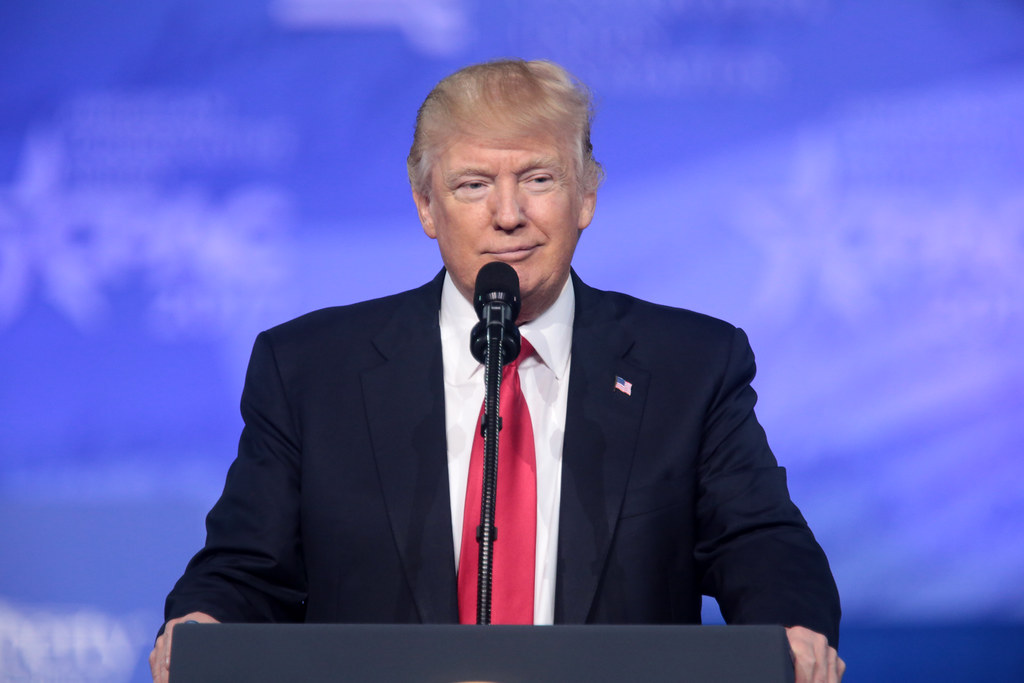
On Tuesday, President Donald Trump signed an executive order that softens some of the automotive tariffs his administration imposed earlier this month. The new measures aim to ease the burden on the car industry, which has faced regulatory uncertainty and rising costs due to tariffs.
Maintaining the 25% Tariff, but Adjusting for Stacked Levies
The executive order maintains the 25% tariffs on imported vehicles into the U.S. but seeks to reduce the overall tariff level by addressing the “stacking” of multiple levies, such as additional 25% tariffs on steel and aluminum. According to the order, vehicles that undergo final assembly in the U.S. will be eligible for partial reimbursements on certain tariffs for two years. The reimbursement rate for auto parts is set at 3.75% of the value of a U.S.-made car for the first year, with a decrease to 2.5% in the second year.
Trump explained that the goal was to help automakers through this transitional period, particularly when parts are hard to source. The order came after industry groups lobbied the Trump administration, urging it to reduce the impact of tariffs on auto parts. These groups, including the Alliance for Automotive Innovation, argued that the tariffs could jeopardize U.S. automotive production and harm suppliers already facing financial difficulties.
Automakers Express Gratitude but Highlight Ongoing Challenges
Ford, Stellantis, and General Motors have all expressed appreciation for the tariff relief but noted that significant challenges remain due to increased costs. GM, in particular, has discontinued its 2025 guidance and delayed its quarterly investor call, citing concerns about the ongoing impact of tariffs.
While automakers welcome the tariff relief, some are calling for more comprehensive measures to address the broader challenges facing the industry. Jennifer Safavian, CEO of Autos Drive America, called for more action to create a pro-growth regulatory environment for U.S. manufacturing. Despite the relief, automakers continue to face rising costs due to the broader economic environment and ongoing trade tensions.
Author’s Opinion
The tariff relief provided by Trump offers some welcome short-term relief, but it doesn’t address the broader issues facing the U.S. automotive sector, such as global supply chain disruptions and the need for long-term regulatory stability. While these adjustments are a step in the right direction, the industry will need a more comprehensive strategy to truly thrive in a global economy.
Featured image credit: Gage Skidmore via Flickr
Follow us for more breaking news on DMR
